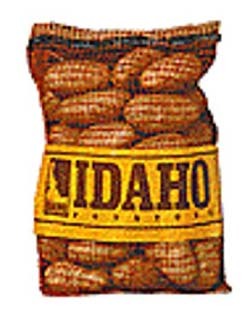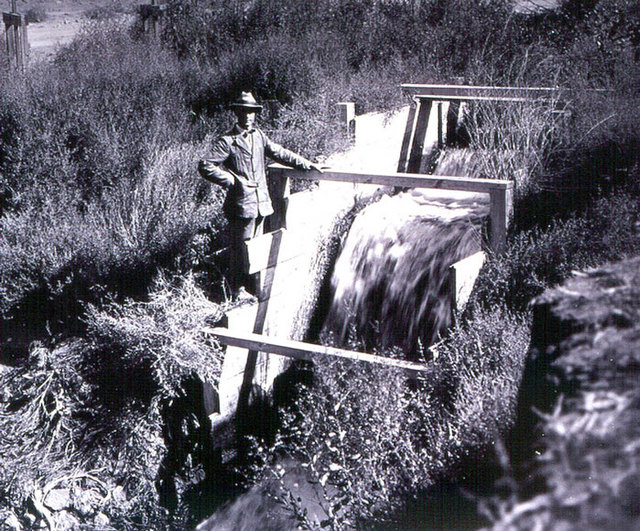
- Capital City:
- Boise
- Nickname:
- Gem State
- Motto:
- Esto perpetua (Let it be perpetual)
- Statehood:
- July 3, 1890 (43th)
- Origin of State's Name:
- A derivation of an Indian phrase "E Dah Hoe (How)" supposedly meaning "gem of the mountains"
- Largest City:
- Boise
- Border States:
- Montana, Nevada, Oregon, Utah, Washington, Wyoming
- Land Area:
- 82,751 sq. mi., 11th largest
- State Bird:
- Mountain Bluebird
- State Flower:
- Syringa - Mock Orange (philadelphus lewisii)
- State Tree:
- White Pine (Pinus Monticola pinaceae)
- State Song:
- Here We Have Idaho
Idaho, the 43rd state, joined the U.S. in 1890. The state is appropriately shaped like a logger's boot, and logging as well as mining are big industries in the state. But the state is probably best known for its potatoes. The state's name is thought to be an Indian name, Ee-dah-hoe, which means "gem of the mountains." Idaho has a rugged landscape with some of the largest unspoiled natural areas in the country. Boise is the capital and the state flower is the syringa.
Idaho's Natural Wonders

A gorge is a narrow, steep-walled canyon. And the deepest gorge in North America is in Idaho. Do you know about it?
Idaho is well known for its natural beauty and rugged landscape. The state's Sawtooth Mountains are a part of the Rocky Mountains, and several peaks in these mountains exceed an elevation of 10,000 feet. Another of Idaho's natural wonders is the Snake River. This river flows in a great arc and has created extensive valleys throughout its run.
The Snake River has also made gorges, such as Hell's Canyon, which, at 7,900 feet, is North America's deepest gorge. Various wildlife inhabit the rugged landscape of Idaho, including elk, bighorn sheep, mountain goats, moose, black bear, cougar, and antelope. Smaller animals include beaver, river otter, red-tailed hawks, and golden and bald eagles. Do you know how the canyon got its name?
If you guessed that the name refers to the canyon's depth, you were wrong. The name comes from the fact that a wild journey is in store for any boat that travels the river!
Idaho -- Land of Contrasts

Have you ever heard of a mountain growing right before your eyes? That's what happened on October, 28, 1983, when Borah Peak, the highest mountain in Idaho, grew about eight inches higher in two minutes. Around the same time, the valley floor along 26 miles of the Lost River Range suddenly lowered 10 feet. Can you guess how this happened?
It was an earthquake that caused these drastic changes. Idaho is a state of dramatic geographic contrasts. It is a geologically active region that includes glaciers, volcanoes and earthquakes, all of which have produced a spectacular but harsh landscape.
Glaciers move very slowly and grind away at mountains. The Otto Glacier is the only remaining glacier in Idaho. Only a small remnant of what it used to be exists on the north slope of Borah Peak. It and other glaciers have created more than 500 cirques (French for "circle") in the high mountains of Idaho. A cirque is formed when glacial erosion removes big blocks of rock from mountains, resulting in a circle surrounded by mountains. Shallow cirques appear as wet meadows today, while the deeper ones with bowl-shaped floors may contain lakes.
 Print
Print Email
Email







